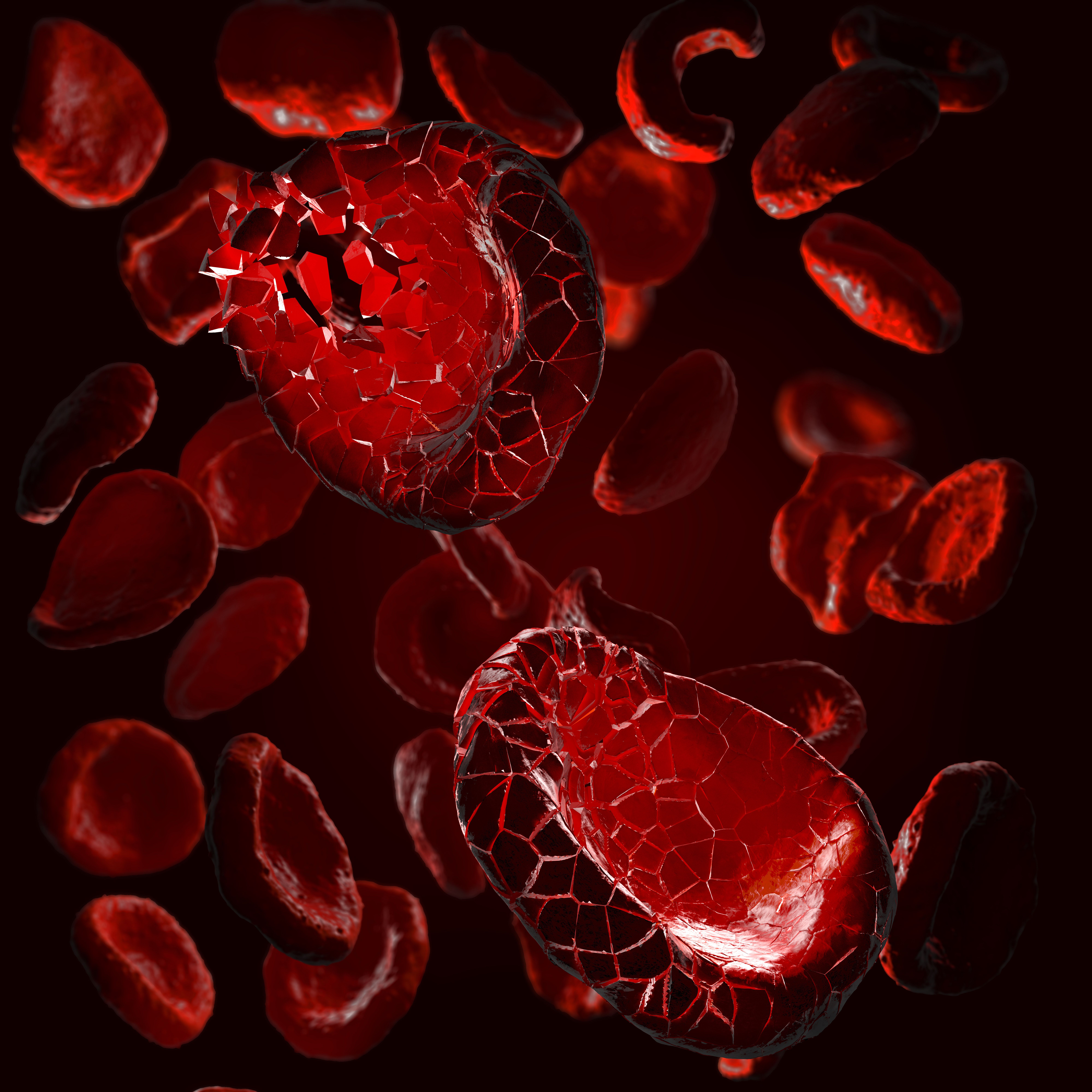ODAC Approves MRD End Point in Multiple Myeloma Trials
Minimal residual disease can now be considered an end point in trials leading to accelerated approvals by the FDA for multiple myeloma.
Minimal residual disease can now be considered an end point in trials leading to accelerated approvals by the FDA for multiple myeloma.

The FDA’s Oncologic Drugs Advisory Committee has voted 12 to 0 in favor of minimal residual disease (MRD) as an end point to support accelerated approval for patients with multiple myeloma.1
“I voted yes. There’s a clear clinical unmet need for an end point here. This is a wonderful problem to have, the overall response rate is too high, the progression-free survival is too long, what a great issue to be discussing today. The landscape is changing and we have to adapt to that landscape to incorporate novel technologies, and that is what the FDA is doing and the applicants have done with their analyses, and they should be commended for that,” Christopher Leiu, MD, associate director for Clinical Research, co-director of Gastrointestinal Medical Oncology, said during the meeting.
The University of Miami, i2TEAMM, and the FDA all have specific positions they took for this application.2 Each presented a series of data and explained why or why not MRD as an end point would make sense for regulatory decisions moving forward.
The University of Miami’s Position
The study titled Evaluating Minimal Residual Disease as Intermediate Clinical End Point for Multiple Myeloma was used as an evaluation for this application. The study looked at multiple phase 2 and 3 trials for patients with newly diagnosed transplant-eligible or -ineligible multiple myeloma.
The meta-analysis focused on FDA guidance and industry feedback. The meta-analysis did look at newly diagnosed multiple myeloma and relapsed/refractory multiple myeloma, but only focused on the newly diagnosed setting because of the meaningful interpretation.
Studies that met the criteria to be included in the meta-analysis comprised those with a validated MRD assay, MRD negativity was a specified end point, and the median follow-up was at least 6 months from the end of time chosen to 12 months after randomization and assessment of MRD. Secondary end points included if MRD negativity should be evaluated after a defined time point as measured by progression-free survival regardless of transplant eligibility, if attaining MRD at least once could show a clinical benefit, measured by PFS, if sustained MRD could predict a clinical benefit measured by PFS, and if MRD negativity could predict a clinical benefit measured by overall survival.
Eight studies were included for the newly diagnosed population, with 1 study having 2 randomized comparisons. During the analysis, 5130 patients were randomly assigned, and patients enrolled on each study ranged from 220 to 1085. Of the 9 trials that had 2-arm comparisons, 8 comparisons had 4907 patients that fulfilled the criteria for the 12-month MRD negative endpoint.
The studies included in this analysis were:
- EudraCT 2010-019173-16
- Phase 2 GRIFFIN trial (NCT02874742)
- CASSIOPEIA trial (NCT02541383)
- Phase 3 CLARION (NCT01818752)
- Phase 3 TOURMALINE-MM2 trial (NCT01850524)
- Phase 3 ALCYONE-MMY3007 trial (NCT02195478)
- Phase 3 MAIA trial (NCT02252172)
- Phase 3 OCTANS-MMY3011 (NCT03217812)
i2TEAMM’s Position
In order to find randomized studies conducted on multiple myeloma, the applicant search the Medline database for trials. Terms for the search included multiple myeloma AND neoplasm, residual AND MRD AND myeloma AND minimal residual disease. Overall, 143 references were found then narrowed down and eliminated by non-randomized studies, those with fewer than 100 patients enrolled, single-center studies, those published before 2006, and MRD testing with 10-4 or higher.
Through this method, 29 trials were identified that showed potential data for MRD end point development. Additional data were requested from the investigators of these trials to better look at the results. Of note, to understand the results of a surrogate end point and that of the true long-term one, 2-arm comparisons were created between the experimental and control within a clinical trial. Each experimental arm was compared with a common control arm to show the effect and better use the available data. It also reduced bias throughout the analysis.
Through this process, 34 2-arm comparisons were created. Characteristics were well-balanced across all trials. The median PFS was 48.9 months.
There were some limitations to this data collection. They include the original reasoning for MRD use in these trials varied, for those with newly diagnosed transplant eligible and ineligible the MRD testing methods were different, and in the relapsed/refractory population while all used next-generation sequencing, only 4 trials had available data for this analysis.
FDA’s Position
The FDA’s main goal is to make sure the use of an MRD end point can be aligned with use in a regulatory setting. It is noted that there is agreement with both analyses presented because of similar methodology use.
However, in trials with missing MRD data the i2TEAMM removed patients and the University of Miami retained them in the analysis and assigned them as MRD positive. This difference had i2TEAMM analyzing few patients on each trial then the University of Miami.
The FDA did conduct additional meta-analysis on the data from both applicants. They removed duplicate trials and those with missing MRD status were considered non-responders. Baseline characteristics remained similar across all analyses.
There were several limitations outlined by the FDA. No trials included the evaluation of CAR T-cell therapy, assessment of MRD rates at 9 and 12 months did not occur, assays and assay sensitivities varies, the trial designs varies, as well as patient populations.
References
- April 12, 2024 Meeting of the Oncologic Drugs Advisory Committee (ODAC). Streamed live April 12, 2024. Accessed April 12, 2024. https://tinyurl.com/2tbe3f4k
- Oncologic Drugs Advisory Committee (ODAC) Meeting briefing Document. April 12, 2024. https://tinyurl.com/y9b9hx5m
Navigating AE Management for Cellular Therapy Across Hematologic Cancers
A panel of clinical pharmacists discussed strategies for mitigating toxicities across different multiple myeloma, lymphoma, and leukemia populations.